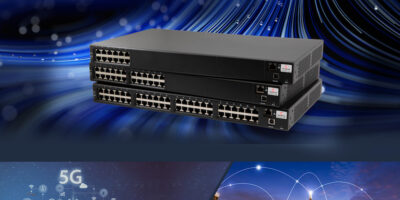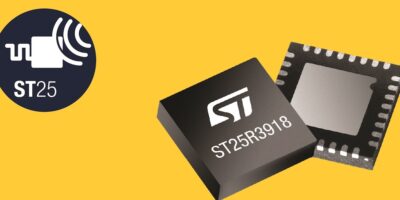Believed to be the first industrial 5G router, the Scalance MUM856-1is available from Siemens. It connects local industrial applications to public 5G, 4G (LTE), and 3G (UMTS) mobile wireless networks and can be used to remotely monitor and service plants, machines, control elements, and other industrial devices via a public 5G network providing high data rates.
As well as industry, the router can be integrated into private 5G networks. The Scalance MUM856-1 supports mobile robots in manufacturing, autonomous vehicles in logistics or augmented reality applications for service technicians, says Siemens. The robust housing is sealed to IP64, ensuring the router can be used outside the control cabinet, for example under harsh conditions in production or in outdoor facilities in the water industry.
To ensure the powerful connection of Ethernet-based sub-networks and automation devices, the Scalance MUM856-1 supports Release 15 of the 5G standard. It offers high bandwidths of up to 1,000Mbits per second for the downlink and up to 500Mbits per second for the uplink providing high data rates for data-intensive applications such as the remote implementation of firmware updates. There is also IPv6 support for modern communication networks.
Security functions monitor data traffic and protect against unauthorised access. For example, there is an integrated firewall as well as authentication of communication devices and encryption of data transmission via VPN. If there is no available 5G network, the device switches automatically to 4G or 3G networks.
The first release version of the router has an EU radio licence, with versions with other licences being prepared.
The Sinema Remote Connect management platform for VPN connections allows user to access remote plants or machines easily and securely, even if they are integrated in other networks, says Siemens. The software also offers easy management and auto-configuration of routers.
In addition to connectivity to public networks, Scalance MUM856-1 also supports integration into private local 5G campus networks.







